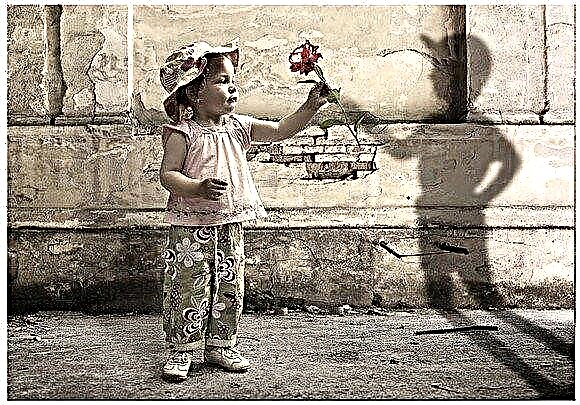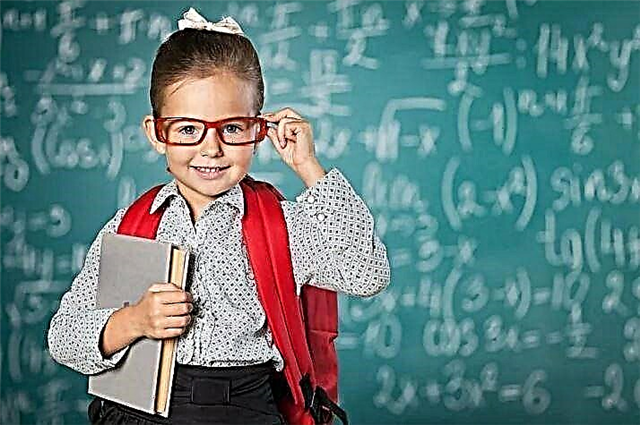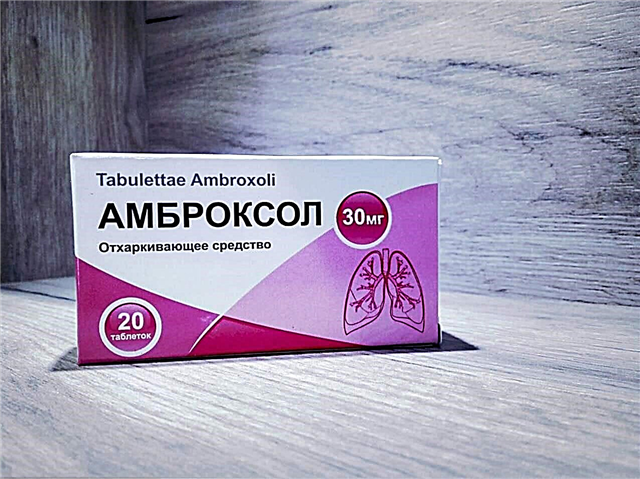
Without a doubt, memory is the most important mental process for any person. A good memory is needed for preschool children, and for younger students and adolescents. It is never too late to develop it, therefore we offer a selection of exercises and games available at any age for the development of visual, imaginative, motor and other memory, as well as for training for attention.


Effective exercise
"Name what you see"
Long conversations with your child will contribute to the development of his memory and attention, if you discuss what you saw together. Consider unusual objects, pictures with many details, and then discuss what was drawn, focus on the smallest elements.
Discuss what is happening around in everyday life, for example, on a summer walk, look at flowers, discuss what they are, look at beautiful houses together, talk about birds, and so on. It will be interesting for the child to explore the world with you, which will have a positive effect on his memory.


"Do and Tell"
This exercise is useful for developing not only memory, but also ability. concentrate and hold attention. An example would be drawing with comments. Tell your child to draw, say, a house. At the same time, he must perform actions according to your instructions - you say what to draw, and he does it. By pronouncing the actions of the baby, you will teach him consistency and independence.


Search for an item
This game is aimed at training memory and attention. You need to choose an object in the room that the child knows well, for example, a clock on the wall. Describe the subject in as much detail as possible - color, size, shape, what it does, what details are available. When the child guesses, pick the next item, and so on. In addition, it is interesting to play and vice versa - the child chooses an object and gives it a detailed description, and you try to guess.


"Look at a friend"
This fun and simple exercise is great for stimulating mindfulness and memory. If you are playing with your child, then give him the opportunity to consider you for a few seconds. Then he must turn away and tell what he managed to remember - facial features, clothes, hair color, hairstyle, and so on. If your child is not good at describing your appearance, give a second chance - during the re-study, the child will look at you more carefully so as not to miss any details. The game is also good in the opposite version, when you look at the child, turn away and describe him in detail.
This will help the child compare his story with yours, after which it will be easier for him to notice nuances and give a more accurate description.

A story from memory
This exercise is quite simple, but great for improving memorization. For him, an image is used, according to which the story is composed. The child looks at the picture for 2-3 minutes and listens to the story or makes it up with the teacher (this memory game is often used in reading lessons in grades 1-2), then closes the book and tells what he managed to remember.


"Remember and write down"
This exercise is suitable for elementary school, for example, for students in grades 3-4 who are already good at writing. The teacher will have a piece of paper with a printed small text with short sentences on the table. The child should come up, read the sentences, and then go back to the desk and write everything down from memory.


Educational games
"Pathfinder"
In such a game, the child has a task memorize animal tracks. They appear on the screen for a few seconds in a specific order. When all the paw prints are shown, the child should answer the questions. The game helps to increase the amount of memory, improve the accuracy and speed of memorization, and develops short-term memory well. In it, the child feels like a hunter, concentrates on what he sees, quickly recognizes images using spatial thinking. The game is interesting for both preschoolers and older children.


"Speed comparison"
This game is great training of visual memory and attention, affects the accuracy and speed of memorization, stimulates logical thinking. It consists in comparing objects that appear sequentially on the screen. They can be the same or different - a different color, a different shape. If the objects are different, then the child needs to choose the answer "no" to the question about the coincidence, if they coincide - the answer "yes". Mistakes are allowed only three times, after the third mistake the game ends. During the game, several parts of the brain are included in the work, thanks to which the child recognizes the object, remembers it and makes a decision taking into account the information received. As a result of regular training, the processes in the brain tissues become more active and coordinated.

"Driving at speed"
The game is similar to the previous one, since it consists in comparing two images in shape and color. At the same time, the speed of displaying pictures gradually increases, and after three incorrect answers the game ends. By exercising regularly, the child will improve his working memory and increase its volume. In addition, this game has a positive effect on concentration.

Memorizing numbers in a table
The game improves concentration well, teaches how memorize numbers quickly and for a long time, expands working memory, increases its accuracy. The child is presented with a table with randomly arranged numbers, which he considers for a while. When all the numbers disappear from the screen, you need to click through the cells from the smallest number to the largest, remembering their order. If the answer is correct, points will be credited and the game will continue.

Numerical coverage
The game consists in memorizing and playing the set of numbers shown earlier. The child looks at the screen with numbers that need to be fixed in memory. When the numbers disappear, they need to be entered into an empty window. If the answer is correct, the player will receive points and continue to guess the numbers. After three wrong introductions, the game is over. She helps to develop memory capacity by improving visual memory.


"Memory Matrix"
This game is aimed at developing spatial and visual memory. Squares appear on the screen, some of which are filled and empty. The child is faced with the task of remembering where the sketched cells are, and then marking them on an empty playing field. If all the colored elements are correct, the game continues and the child receives points. Over time, the size of the field increases, and the viewing time of the original picture is shortened.
During such an exercise, not only short-term working memory is activated, but also voluntary attention and the speed of thinking.

Other play techniques
Here are a few other workout options to improve your memory.
- To test and develop auditory memory, you can read six numbers to the child. The child must repeat all the numbers in the exact order in which he heard them. At first, the numbers will be single-digit, and later it will turn out to switch to two- or three-digit. They develop auditory memory well and exercises with words, for example, a child is read a chain of 10 words, which he must reproduce from memory. Memorizing pairs of words will also be a good exercise, after which the adult calls the first word from the pair, and the child must remember the second.

- A great way to improve memory of names is to play "let's get acquainted" with a group of children. All participants must stand in a circle. The first child calls his own name, the second - repeats his name and calls his name, the third - repeats already two named names and his own name, and so on. The second option is the "who left" game. For her, you need to choose a driver who will look at all the children and try to remember them. Then he will briefly leave the room, while one player hides, and then he will guess who is absent. With the correct answer, he becomes to the children, choosing another driver.


- In order for the child to better memorize poems, he can teach to imagine pictures, by which he can later easily remember all the lines. To do this, read each line in turn and give the opportunity to mentally imagine what is described in it. Having worked through each line of the quatrain, they recall the images that are associated with them. After that, the child will simply read the verse by heart, recalling the fictional pictures that he created earlier.

Perfectly stimulate the development of memory nursery rhymes, counting rhymes, riddles, tongue twisters. It is equally useful to solve crosswords, as they contribute to the development of logical thinking and help to enrich the vocabulary with unknown words and terms. At an early age, you can offer your child blocks and a constructor. Such toys will help you remember colors, geometric shapes, the concept of "more or less".
In addition to special exercises and fun games, memory should be developed in everyday life, in between times. Going with your child to the store, discuss the shopping list, and at home put all the items together in their places. In the evening, ask your child about his day. At the same time, first discuss what happened in the morning, then remember the events of the middle of the day, after - what happened in the evening.
Make sure that the child tells everything in sequence, without jumping from one topic to another.


After watching a program, a cartoon or a children's film together, be sure to discuss what you see. Have the child tell what he liked the most and what did not like at all. Increase the time gradually, such as asking about a movie you saw yesterday. This conversation is good for situations where you need to keep your child busy, for example, if you are standing in line or walking somewhere for a long time.

How else you can train a child's attention, you can see in the following video.



